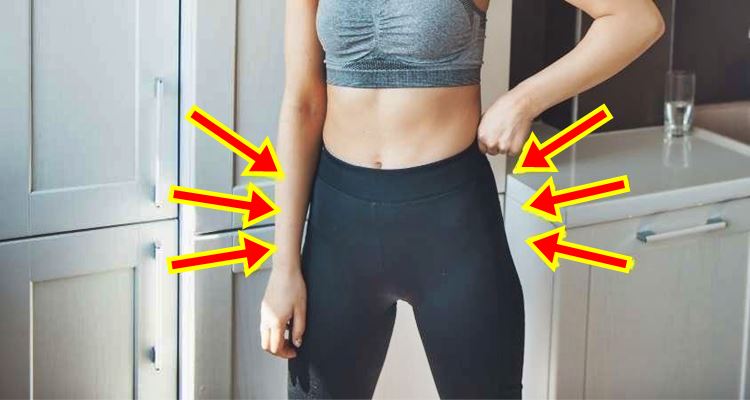This is the meaning of hip dips and why do some people are feeling bad about this “flaw”?
HIP DIPS – Some women are complaining about the appearance of hip dips on their body and here are some best exercises to reduce its look.
How your hips look is mainly determined by your genetics. But other factors affecting the appearance include the width of your hips, the distance between the ilium, hip socket, and greater trochanter, your fat distribution, and muscle mass.

Apart from the term hip dips, this is also called the violin hips. Training specialist David Weiner said these are “naturally occurring, inward curves”. It is the indentation between the hip bone and the top of the thigh.
While some see this as another flaw of their body, this “flaw” is actually just natural, normal, and something women should actually celebrate. It is normally just a part of the body structure.
Weiner added that this is not an indication of being healthy, unhealthy, overweight, or underweight. This can be improved through diet and exercise.
According to an article from Women’s Health Mag, one cannot entirely remove the dips in your hips. However, there are exercises that target building muscle mass and losing body fat which may help reduce the appearance.
Some of these exercises include squats and lunges. And again, there is entirely no wrong about having this, and having this is actually not a flaw at all. It’s a natural part of the body and something ladies must embrace, flaunt, and celebrate. This is not dangerous and it doesn’t impact one’s ability to move.
According to a blog, here are some exercises that may help improve the appearance:
- Squats to strengthen muscles in the legs, thighs, hips, and butt.
- Lunges for your glutes, hammies, quads, and calves.
- Step-Downs for the hips, hamstrings, and quads.
- Clam lifts to engage hips and thighs, stabilize pelvic muscles, and tone the glutes.
- Side leg lifts for the tensor fasciae latae (TFL), gluteus medius, and gluteus minimus.
- Side hip openers that target the outer thighs, hips, and side glutes.
- Donkey kicks to target butt muscles.
- Glute bridges that target the upper legs, glutes, abs, and lower back.
READ ALSO:
- Alveoli – What Is Alveoli and Its Function, Where Is The Alveoli Located?
- Maggots – What Is The Meaning Of Maggots and How To Get Rid Of Them?
What can you say about this? Let us know!

